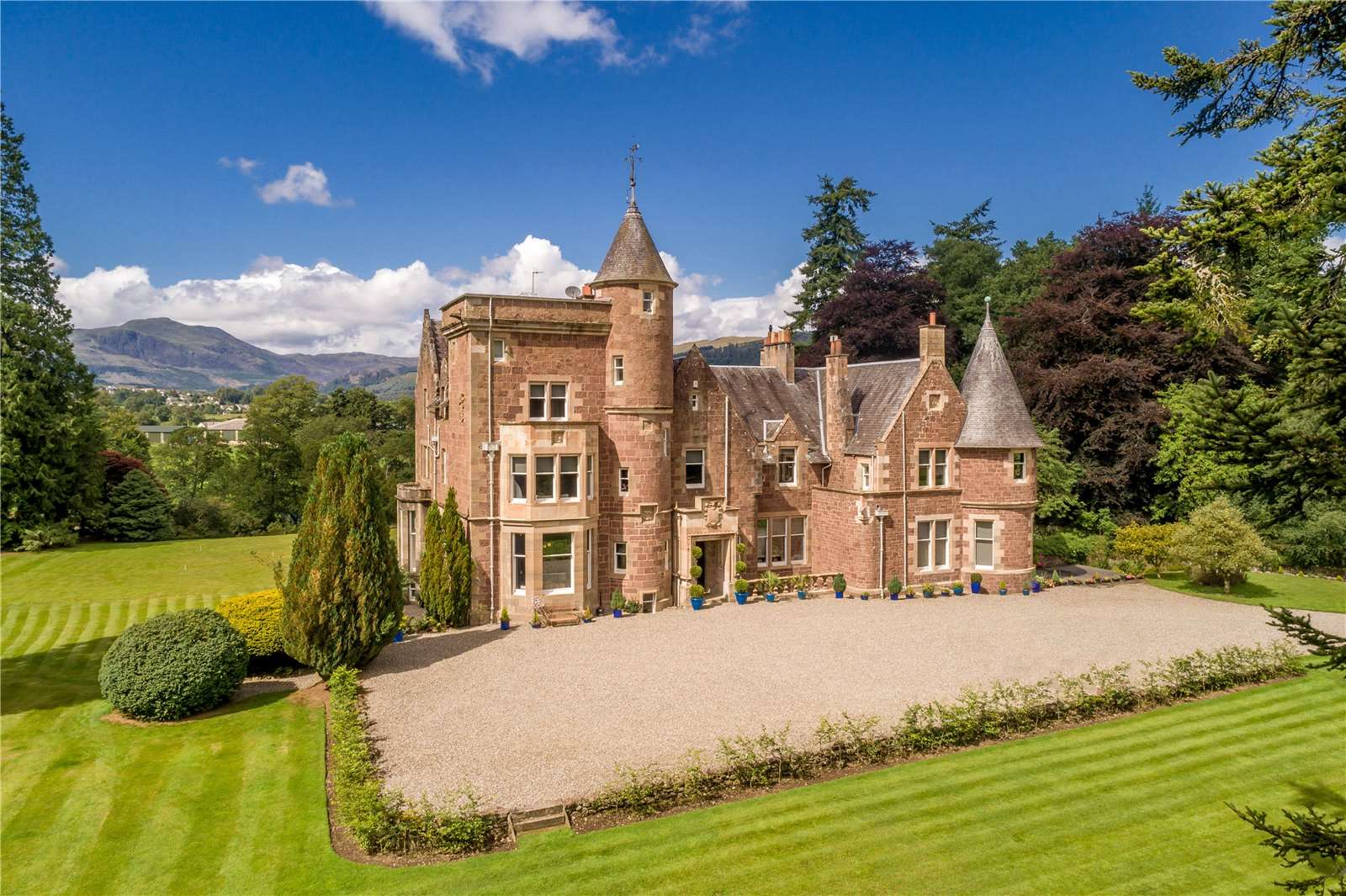

Later, it was at Ardtornish Castle that John Lord of the Isles died in the 1380s and from where his funeral procession sailed through the Sound of Mull to the island of Iona.Ĭastle Sween is thought to be one of the earliest stone castles built in Scotland, having been built in the late 11th century. When James III of Scotland found out, the Lordship was forfeited in 1493 and its MacDonald rulers dispossessed. This scheme is known as the Treaty of Westminster-Ardtornish, and it proved to be the undoing of the Lordship. It was at Ardtornish in 1461 that John, fourth Lord of the Isles, met representatives from King Edward IV of England, in a plot to conquer and divide Scotland. Ardtornish was the hub of strategic sea lanes important to him. The castle was one of the principal seats of the high chiefs of Clan Donald from the early 14th to late 15th century, but Somerled had a fortress here in the mid-12th century. Ardtornish is situated on the west coast of Scotland standing at the seaward end of a promontory which extends in a southerly direction into the Sound of Mull. Would you like more route inspiration? Sign up to our enewsletter.While Finlaggan was the centre for Gaelic law, language, and culture, Ardtornish Castle was used for affairs of state and military meetings. This is another fantastic cycling adventure, it offers stunning views of the Scottish countryside. If you fancy extending your journey and tackling a longer route, Coast and Castles North continues on from Edinburgh to Aberdeen. These cycling trails are a bicycle tourist’s dream: epic journeys which take in some of the best landscapes and places of cultural interest in Europe. The North Sea Cycle Route is also called EuroVelo 12.ĮuroVelo is a network of fantastic long-distance cycle routes that connect the whole European continent. The route also forms part of the North Sea Cycle Route, the world's longest signed international cycle route, passing through seven countries around the North Sea. If you don’t fancy the trip home by bike, there are fast and regular trains at both endpoints. Travelling in this direction usually means the wind is more favourable but the ride is great either way round. The best way to tackle the route is south to north - from Newcastle to Edinburgh. With its atmospheric medieval Old Town and elegant Georgian New Town, enchanting Edinburgh is a special place to start or end your trip. North of the Scotland-England border at Berwick-upon-Tweed, the route moves into the Tweed Valley where quiet lanes take you through beautiful border country before a gentle climb onto the Moorfoot Hills into Midlothian.įrom here witness a spectacular view of Edinburgh and the Firth of Forth as you cruise into Scotland's capital city. The route hugs the coastline from Newcastle to Berwick-upon-Tweed, then heads inland via Melrose and Dalkeith to Edinburgh. The Coast and Castles South cycle route links the Forth and Tyne estuaries, joining Newcastle and Edinburgh via miles of unspoiled coastline and some of Britain's best built and natural heritage.

This gives the island a wonderfully secluded and magical air. Lindisfarne is a tidal island, it’s reached by a paved causeway which is covered by the North Sea twice in every 24 hour period. Lindisfarne, also known as Holy Island, is a tidal island off the northeast coast of England, near Berwick-upon-Tweed.Īlthough on 160 people live on the island permanently this peaceful spot receives over 650,000 visitors each year. The Coast and Castles South is arguably one of the National Cycle Network's easiest, but no less epic, long-distance routes.Īlong the Coast and Castles South route, you’ll pass a plethora of natural and historic sites, including several Areas of Outstanding Natural Beauty, nature reserves, the world-famous Lindisfarne, and Bamburgh Castle located in the ancient capital of Northumbria. It’s perfect for those looking for their first cycle touring adventure.

The Coast and Castles South cycle route is a great introduction to long-distance cycling.


 0 kommentar(er)
0 kommentar(er)
